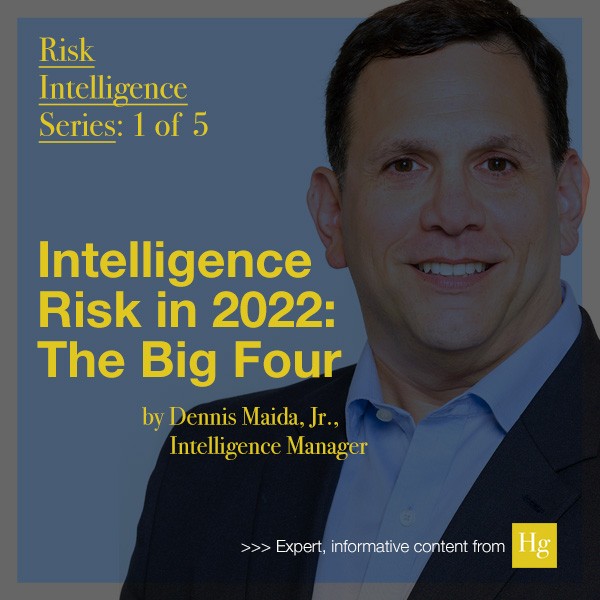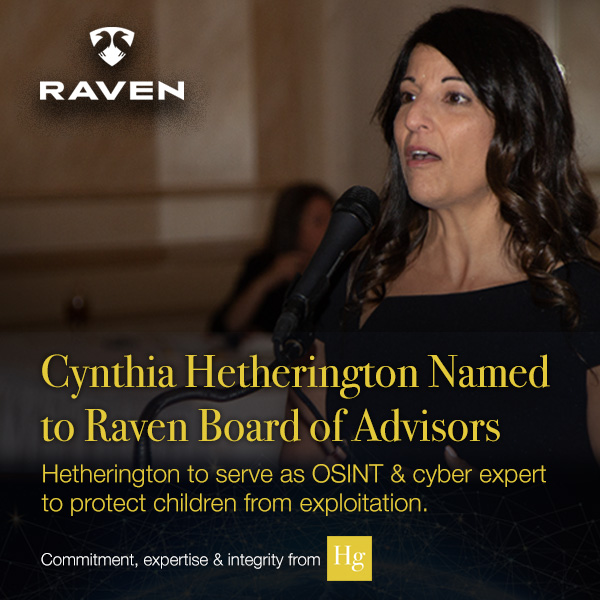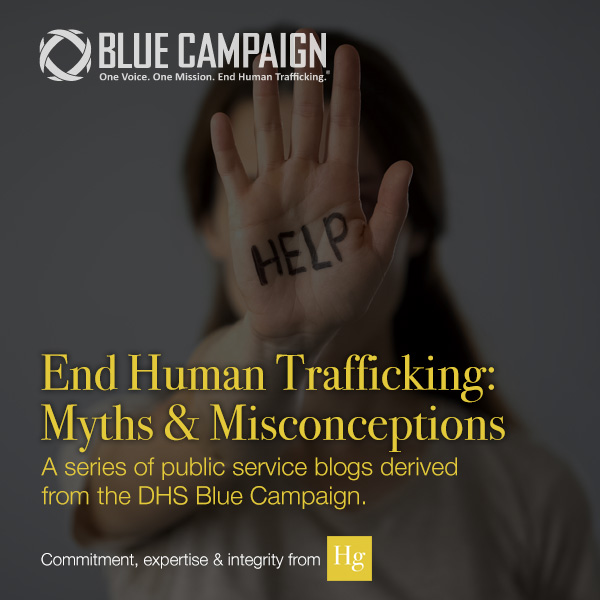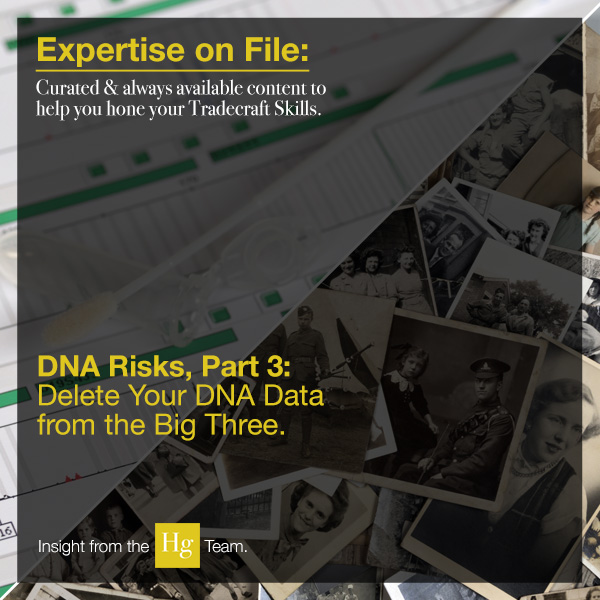By Dennis Maida, Jr., Intelligence Manager

Leo Tilman, Columbia University professor, author and financial sector executive, defines risk intelligence in his article Risk Intelligence: A Bedrock of Dynamism and Lasting Value Creation as, “the organizational ability to think holistically about risk and uncertainty, speak a common risk language and effectively use forward-looking risk concepts and tools in making better decisions, alleviating threats, capitalizing on opportunities and creating lasting value.”
Tilman is correct in his definition. As intelligence professionals, it is our duty to provide critical intelligence that enables clients to make more informed decisions regarding the allocation of money, manpower, and technology to evade or challenge threats.
The role of Intelligence—in the realm of security operations—is to protect lives, physical locations and, at times, reputation. From where I stand, as the Manager of Intelligence at Hetherington Group, we must be both strategic and tactical in our approach to meeting our client’s needs. When we identify the threat early, while providing the necessary analysis and reporting, we’re able to ensure the threat does not become reality. We deliver strategically in the manner we’re able to anticipate the long-term needs identified through threat collection and big picture visioning as it relates to their overall operations. Our tactical approach is highlighted by the daily collection, triage, analysis, and dissemination of risk findings—anticipating need(s) in real time.
Intelligence does not solely rely on software and technology. Although both make the collection and distillation of threat intel easier through identifying anomalies, providing historical contexts and filtering out unnecessary information and data. The human element, the intelligence analyst, who relies on their experience and knowledge to analyze and assess, is the key factor to gleaning key insights from the collected data.
At Hetherington Group, we are the force multiplier often required by a Global Security Operations Center (GSOC), Executive Protection Team, or physical security entity to create a defense-in-depth strategy for safeguarding lives, property, and reputation. The ability to do so in a collaborative manner—with our intelligence professionals serving as the early warning beacon at the outer perimeter—has proven successful time and time again.
Thinking strategically to aid our clients in anticipating and effectively mitigating areas of risk is our charge. As we enter into 2022, we step up to the front line of risk and assess the threat landscape for 2022. In doing so, it quickly becomes apparent that the majority of issues cuts across all business sectors. Whether in the financial, manufacturing, healthcare, or arts and entertainment sectors, we can see the potential impact is formidable even if the who, what, how, and why remain somewhat covert.
From where I sit, there are four significant threat and risk concerns in the next 6-12 months; U.S. midterm elections; the Great Resignation; supply chain; and COVID-19. Each one is unique, yet there is a connection between them. In this 5-part blog series, I will identify their common threads while digging into each area’s unique risks and challenges.
 Mr. Maida joined Hetherington Group in 2021 as Manager of Intelligence. In this senior leadership role, Mr. Maida is responsible for the development of Hg’s Intelligence Center and day-to-day operations for risk monitoring, threat intelligence, and business and cyber support. He is tasked with fostering the growth of Hg’s Intelligence Center and maturing Hg’s Risk Intelligence program directly related to the security and welfare of clients. Prior to joining Hg, Mr. Maida served from 2016-2021 as Principal Lead of Strategic Cyber Intelligence at the Bank of New York Mellon, where he mitigated exposure to cyber vulnerabilities and drove strategic and geopolitical cyber threat intelligence initiatives.
Mr. Maida joined Hetherington Group in 2021 as Manager of Intelligence. In this senior leadership role, Mr. Maida is responsible for the development of Hg’s Intelligence Center and day-to-day operations for risk monitoring, threat intelligence, and business and cyber support. He is tasked with fostering the growth of Hg’s Intelligence Center and maturing Hg’s Risk Intelligence program directly related to the security and welfare of clients. Prior to joining Hg, Mr. Maida served from 2016-2021 as Principal Lead of Strategic Cyber Intelligence at the Bank of New York Mellon, where he mitigated exposure to cyber vulnerabilities and drove strategic and geopolitical cyber threat intelligence initiatives.



